The world gold price forecast for the next 10 days is still stuck in the price range below 2,700 USD/ounce. Analysts believe that gold is lacking enough momentum to increase the price. SJC gold and plain gold also need a catalyst to break out.
World gold ended last week at $2,633/ounce, down from the beginning of the week at $2,648.6. This is considered a bad signal for the next steps of gold.
Also last week, the US November employment report increased slightly, reaching 227,000 jobs, not strong enough to impact the US Federal Reserve's interest rate cutting cycle. As a result, gold will continue to face more difficulties in the next 10 days.
According to an article by author Neils Christensen on Kitco, analysts predict that gold prices will be stuck in the range of 2,600 to 2,700 USD/ounce in the next 10 days . Gold is in need of a strong catalyst to push the price above the above resistance level.
Economists note that the next piece of the economic puzzle will come next week with November's US consumer price index and producer price index data. Additionally, if housing costs fall, which helps the core CPI fall, it could create room for the Fed to cut interest rates - which would support gold prices.

However, the inflation index has been moving sideways for many months, with no signs of further decline towards the 2% target. Therefore, analysts believe that inflation figures for next week will remain stable, not enough to be a strong catalyst for gold prices to rise.
Christopher Vecchio, Head of Futures and FX at Tastylive, said he did not see any reason for gold to rise sharply in the coming days. He added that in the medium term, gold is supported, but in the short term, the downside risk is increasing as speculative sentiment remains high.
“For gold to gain fresh momentum, prices need to break above the initial resistance level of $2,725/ounce,” Christopher Vecchio noted.
Despite growing downside risks, gold remains in an uptrend over the long term, according to Jesse Colombo, independent precious metals analyst and founder of the BubbleBubble Report.
“If the gold price can fall to $2,500/ounce, it can pull the gold price uptrend down, but if it remains above $2,600/ounce, the uptrend will still be intact,” Jesse Colombo analyzed.
Ricardo Evangelista, senior market analyst at ActivTrades, said that gold prices will stabilize before the Fed's monetary policy meeting (December 18).
Thus, in the next 10 days, gold will still be subject to many factors, both positive and negative. Among them, the positive factor from geopolitical risks is still very complicated. Meanwhile, the factors of rising US Treasury bond yields and the increasing strength of the USD will have a negative impact on gold prices.
The domestic gold market continues to be affected by the world gold price. Last week, SJC gold rings and gold bars did not record a sudden increase. Notably, the market recorded the first time the buying price of Doji plain rings exceeded the buying price of gold bars.
The domestic gold market is also in dire need of a catalyst from world gold prices to break through.
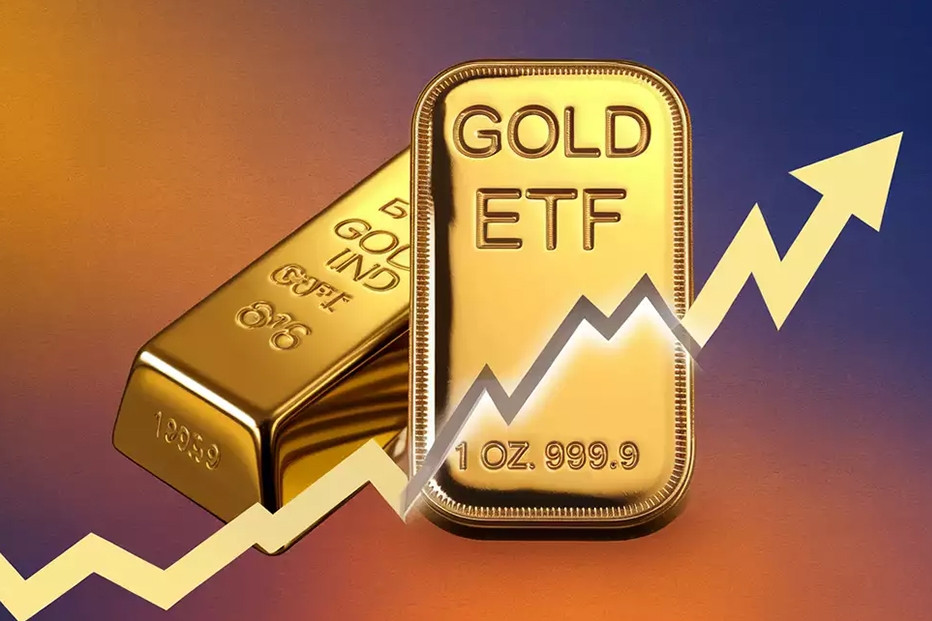
Source: https://vietnamnet.vn/du-bao-gia-vang-10-ngay-toi-mac-ket-trong-vung-gia-thap-dong-luc-tang-mo-mit-2349884.html



![[Photo] President Luong Cuong attends the 80th Anniversary of the Traditional Day of Vietnamese Lawyers](https://vphoto.vietnam.vn/thumb/1200x675/vietnam/resource/IMAGE/2025/10/09/1760026998213_ndo_br_1-jpg.webp)
![[Photo] General Secretary To Lam visits Kieng Sang Kindergarten and the classroom named after Uncle Ho](https://vphoto.vietnam.vn/thumb/1200x675/vietnam/resource/IMAGE/2025/10/09/1760023999336_vna-potal-tong-bi-thu-to-lam-tham-truong-mau-giao-kieng-sang-va-lop-hoc-mang-ten-bac-ho-8328675-277-jpg.webp)

![[Photo] Prime Minister Pham Minh Chinh chairs a meeting of the Government Standing Committee on overcoming the consequences of natural disasters after storm No. 11](https://vphoto.vietnam.vn/thumb/1200x675/vietnam/resource/IMAGE/2025/10/09/1759997894015_dsc-0591-jpg.webp)

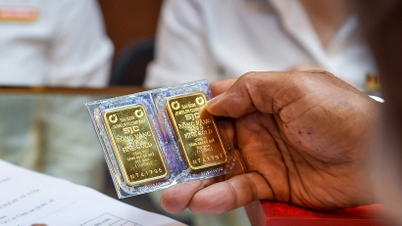



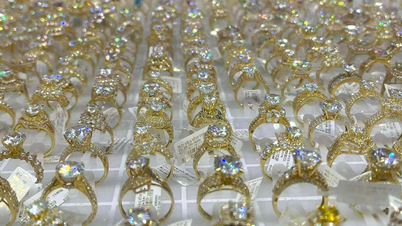


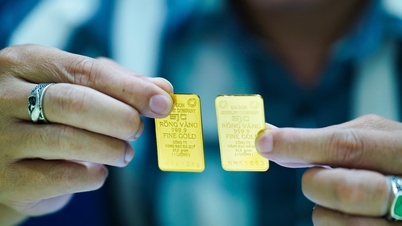






















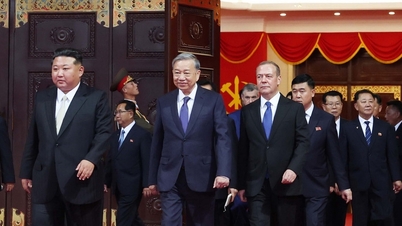




































































Comment (0)